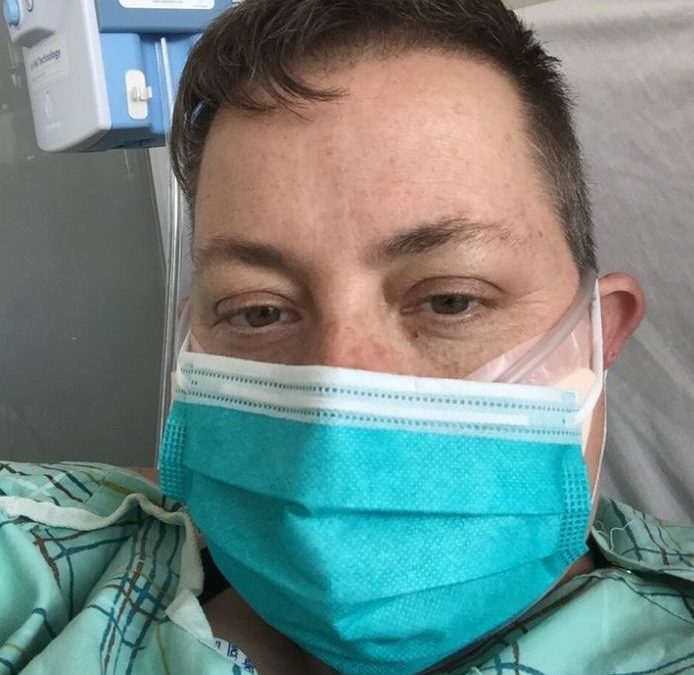I live with two unrelated roommates even though I’m 51 years old, I have multiple day jobs (nursing, and working with high school students) that support my art (performing comedy), and until two weeks ago I hated New York Gov. Andrew Cuomo for a stunning array of well-thought-out political reasons but now I’m not sure whether I’m in love with him or want him to be my dad.
In other words, I’m a typical New Yorker.
Despite my 15-plus years in the five boroughs, there are days when my Wisconsin-born soul unexpectedly ― and quite inconveniently I might add ― intrudes on my Brooklyn life. Like last week, when I found myself leaning against a stretcher gasping for breath in a local pediatric ER turned COVID-19 ER. I felt not just the substantial terror of “Oh shit, this is serious” but also the embarrassment of “Can we please not make quite such a big deal about this? And also, “P.S., can you please quit looking at me?”
It’s a Midwestern thing. Making people worry feels like bad manners.
But I’d had a bad cough for a few days and then had grown steadily more short of breath. I hadn’t initially suspected COVID-19 since I hadn’t really had a fever. But red-faced with the embarrassment of, OMG, needing something and blue-lipped with lack of oxygen, I headed to the Manhattan hospital where I’ve received extremely competent medical care in the past.
I walked in with a red flannel button-up shirt tied midlevel around my face. If any of the initial assessment staffers thought I looked like a middle-aged genderqueer version of an Old West bank robber, they were kind enough not to share their impression. Instead, the triage nurse said dryly, “I applaud your efforts,” handed me an actual disposable mask that hadn’t been part of anyone’s wardrobe in the last hour, and took my vitals.
For a moment, it seemed like a regular Thursday morning in any emergency room. But then a tech clad head to toe in plastic protective gear called my name and motioned me to follow her. We stepped through a heavy door.
“Oh,” I said. “Oh, this is where you’re keeping the pandemic.”
I tried to keep my eyes on my own paper as the tech walked me past row after row of beds separated by opaque plastic walls that had been pulled out from freestanding columns like portable movie screens turned sideways. Each makeshift cubicle was stuffed with various pieces of equipment, a patient who was trying very hard to breathe, and one or more staff members in their astronaut-esque gear.
And then I was in my own room, leaning against a stretcher, with an ER doc ― who looked as exhausted as if she’d just completed the New York City Marathon even though it was not yet 9 a.m. ― staring intently at me.
“I’m worried about how rapidly you’re breathing.”
“Ah … yes,” I said, trying to lighten the mood a little although my comic timing was being annoyingly hampered by the whole gasping-for-air business. “We … ah … share … this concern.”
Tired and Kind Doctor (whose name I cannot remember despite having inquired about it three times) asked if I would be OK with being intubated. I can remember thinking that it was a weird time to have a theoretical conversation about such a serious matter. What was she doing, taking a survey? But then I noticed the gathering of health care providers outside the room, suiting up in their protective gear and circling like scrub-clad extraordinarily helpful jackals. This was alarming.
I also suddenly realized that no one had ever asked for my insurance info.
This scared me even more.
I was lucky: I responded to non-invasive efforts, so the Helpful Jackals moved on to address the dozens of similar situations I heard going on around me.


